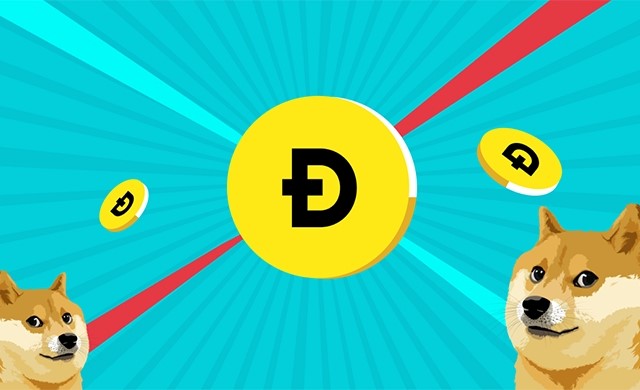I’ve looked at the entire UK market and, as expected, I struck out, failing to find any net current asset value share worth investing in.

Not all is lost, however. On my search for a well-managed company with fair business prospects and valued at a low cyclically adjusted price earnings ratio, CAPE, I came across a very interesting possibility. I’ve spent days trying to find reasons to reject it, but have not found anything strong enough yet.
It stands on a 10-year CAPE of under 8 (a one-year PER of less than 8) and a dividend yield of more than 9. And the progressive dividend policy looks safe to me.
It reminds me of the analysis I did for Haynes Publishing in 2015 when it was languishing, neglected and unloved by Mr Market, who could only see the declining bits of the business (I bought at £1.159. The share price now is £2. Dividends 18.5p). In 2015 it was on a CAPE of 4.8 and a safe dividend yield of 6.5% (Mr Market was focused on the paper manual business when he should have looked at the hi-tech Professional service business).
While I complete the analysis of the new company and write-up I’ll post some more on beating the stock market – the Efficient Market Hypothesis, EMH, etc.
Random walks
Until the early 1950s it was generally believed that investment analysis could be used to beat the market. In 1953 Maurice Kendall presented a paper which examined security and commodity price movements over time. He was looking for regular price cycles, but was unable to identify any.
The prices of shares, etc. moved in a random fashion – one day’s price change cannot be predicted by looking at the previous day’s price change. There are no patterns or trends.
An analogy has been drawn between security and commodity price changes and the wanderings of a drunken man placed in the middle of a field. Both follow a random walk, or to put it more technically, there is no systematic correlation between one movement and subsequent ones.
To many people this is just unacceptable. They look at a price chart of a share and see patterns; they may see an upward trend running for months or years, or a share price trapped between upper and lower resistance lines.
They also point out that sometimes you get persistent movements in shares; for example a share price continues to rise for many days. The statisticians patiently reply that the same apparent pattern or trends can occur purely by chance.
Readers can test this for themselves: try tossing a coin several times and recording the result. You will probably discover that there will be periods when you get a string of heads in a row.
To make it more fun you can chart your winnings: say each head results in your portfolio going up 10p and each tail results in a 9p loss. The 1p difference proxies for the general upward drift of the share market over time. Do this 200 times and your chart will look similar to the FTSE 100 index and other indices. You will see patterns, trend lines, trading within boundaries, break-outs. If you are really lucky you’ll see a head and shoulders pattern or double-bottoms.
The apparent patterns in stock market prices are said to be no more significant for predicting the next price movement than the pattern of heads or tails is for predicting what the next toss will produce. That is, they both follow a random walk.
Why does the random walk occur?
A random walk occurs because the share price at…………………………………………………To read the rest of this article, and more like it, subscribe to my premium newsletter Deep Value Shares – click here http://newsletters.advfn.com/deepvalueshares/subscribe-1

 Hot Features
Hot Features











